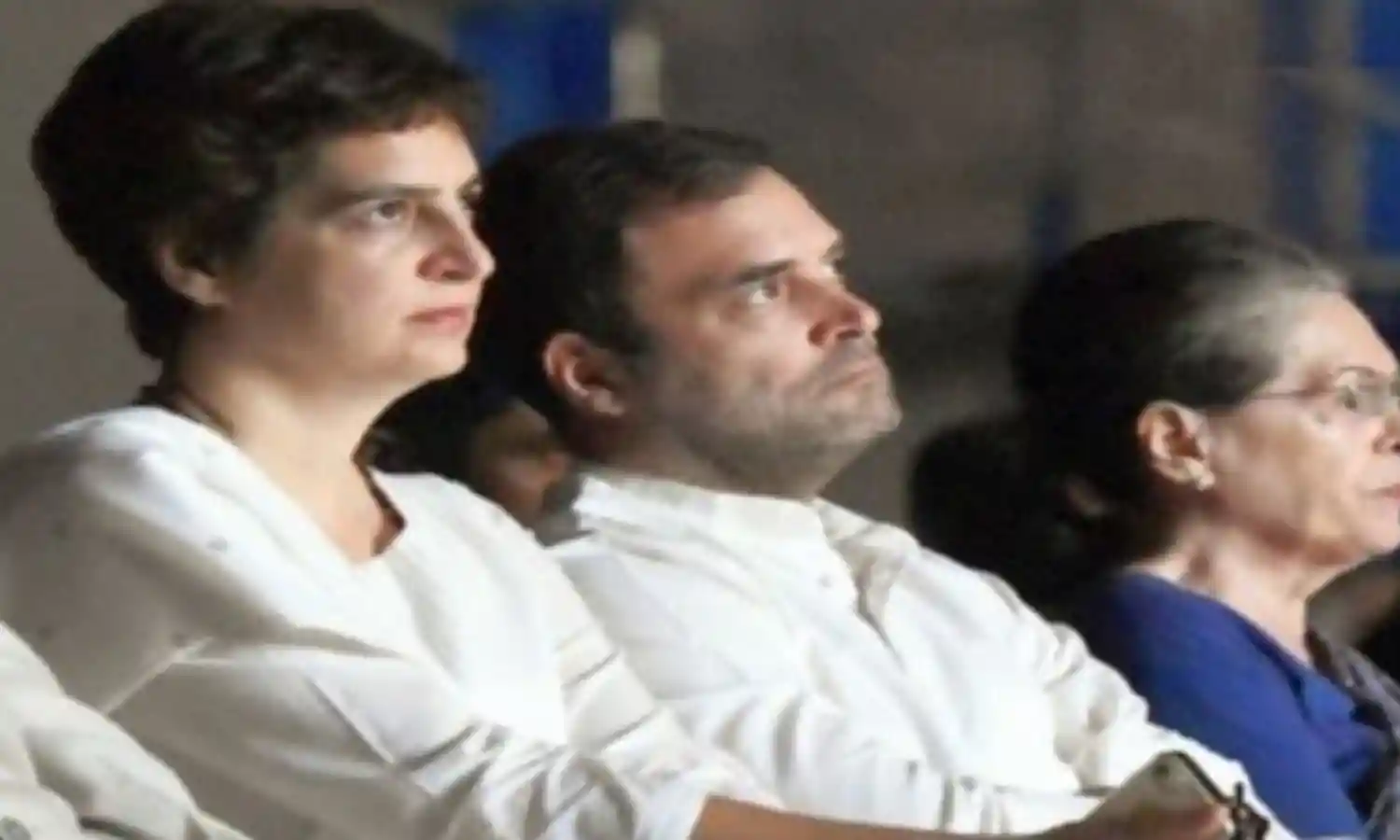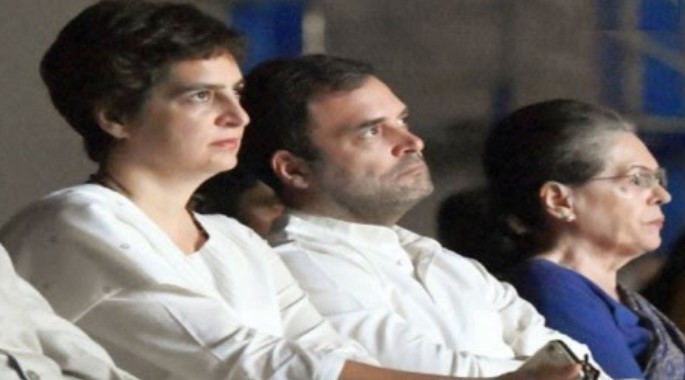Can There Be a Congress Without the Family?
The two are not Siamese twins

Dated: 10.12.2021
The Economist, Mamata Banerjee and Prashant Kishore, in sequence, landed a triple punch on the Gandhi trio’s chin but it did not knock them out. In fact Rahul Gandhi carried on, regardless, to London where he met editors of papers like the Economist and The Financial Times and heaven knows who else.
Recent attacks have been on the Gandhis not on the Congress. To separate the two is an urgent, dynamic, political process. The unionists who see the two as Siamese twins are the coterie who require the furniture at 10, Janpath under which they can crawl and nibble.
Sanjay Raut of the Shiv Sena says that a front which is parallel to the United Progressive Alliance (UPA) would be self-defeating because it would divide the opposition’s effort to replace Narendra Modi. Raut cannot be expected to say anything else. After all, the Shiv Sena led government depends on Congress support in Mumbai.
This is Raut’s regional compulsion, not his roadmap for power in Delhi. Mamata has no such compulsions. She has trounced the BJP, CPM and Congress, in that order. Among Mamata’s opponents in West Bengal happen to be two disabled national opposition parties. Of these two, Congress and CPM suffer from a self-defeating obsession: they are aching to revive on their own, the CPM in West Bengal and the Congress nationally. Both are impossible aspirations.
Mamata and Arvind Kejriwal in Delhi, can both claim similar records albeit on different scales. Both have trounced the BJP and the Congress repeatedly. Mamata is so much on top of the situation in Bengal that she is now looking for expansion. The fear of TMC making inroads into neighbouring Tripura caused the BJP to throw the state in tumult: in the recent local bodies election 112 of the 334 wards went uncontested. No elections were held in these wards. Notice of the mayhem was given in October when, for reasons unknown, opposition party offices were attacked. This is BJP’s nervousness, not triumphalism.
Mamata has another card up her sleeve. She was once with the Congress which she left in 1997. As Ghalib said:
“Go waan naheen, pa waan ke nikaale huwe to hain”
(I may not be there now; but I was once there.)
Trinamool Congress, after all, is a regional version of the Congress. Those Congressmen who are unhappy with the present leadership are welcome: her doors are open. The group of 23 letter writers asking the leadership to pull up its socks are only a representative few, a mixed bag of successful professionals and spare “has-beens”. Much the larger number of Congress workers, voters, sympathizers, in whose hovels one can still find tattered posters of Congress bullocks as party symbol, or a hand, photographs of Indira Gandhi, Rajiv Gandhi – these are the party orphans Mamata has her eyes on. The idea is to squeeze the Gandhis out – exert external pressure to induce a settlement within the Congress.
Kejriwal may not have Mamata’s Congress affiliation, but he too is looking for turf being vacated by the Congress in states neighbouring Delhi. His expedition to far off Goa is to leave something of a footprint wherever he can. This effort of his, and of Mamata, will be interpreted by observers as being helpful to the BJP. To disrupt the Congress, says this school, is to help the BJP. This is an old ruling class chant: don’t weaken tweedledee because tweedledum will gain.
Under the Gandhis, Tweedledee is a consistent, persistent, habitual loser of elections. To focus extensively on Priyanka Gandhi in Lakhimpur Kheri, her taking a dip in the Ganga or championing the farmers is to keep the searchlight deliberately on the weakest aspirant in the opposition line up. Greater focus on Rahul would be possible if only he didn’t fly away so frequently. It was said of Vinoba Bhave that no one knew when he would pick up his stick and walk.
The tailwind of Bengali nationalism enabled Mamata to carry the 30 percent Muslims in the state, thwarting the BJP’s urge to polarize. After all, her Hindu credentials are impeccable. Kejriwal has no linguistic regionalism to fall back on. He therefore has to play a straight “good” Hindu card to neutralize a “bad” Hindu one. Credit must go to Narendra Modi: he has made Nehruvian indifference to safronized religion a negative value in politics. Every political party, including CPM’s Pinarai Vijayan in Kerala, must now be conscious of Hinduism in public life.
The fact that Kejriwal occupies the Delhi stage is his handicap as well as his advantage. The advantage is obvious: though Delhi is only a Union Territory, Kejriwal is amplified nationally. His national projection, however, must not outshine the regime at the centre. So, the centre, via the efficient agency of the Lt. Governor, keeps Kejriwal’s one hand tied behind his back. But where there is a will there is a way. Kejriwal is out, both guns blazing, with Hinduism tied to welfare as his unstated plank. A promise of Ram Mandir within reach, pilgrimage after pilgrimage for the elderly arranged by “your son, Kejriwal” Hanuman Chalisa on tap.
Add to these, free water, cheap electricity, neighbourhood clinics, focus on government schools and you have a brand new model: a Hindu friendly socialist state. It does not offend Muslims either: no lynchings, no love jehad campaigns. Yes, AAP says nothing about the riots in North East Delhi but there is a clever reason for this silence: because the BJP would then play up AAP as “pro Muslim” and polarize the vote. So Muslims have to lump it so long as the current politics of division lasts.
Everybody in the opposition knows there can be no credible opposition to win in 2024 without the Congress. On this TMC, AAP and others are all agreed but with a proviso: the Congress becomes an active player in opposition ranks only if a Gandhi hat is not prematurely in the ring for the leadership stakes.




